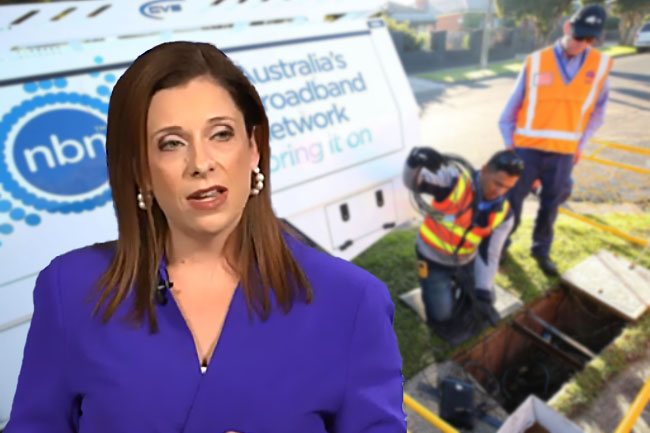Communications analyst Paul Budde discusses the merits and challenges of the Albanese Government's latest mobile coverage initiative, which utilises emerging satellite technologies.
The Federal Government's Universal Outdoor Mobile Obligation (UOMO) aims to enhance mobile coverage across Australia by leveraging Low Earth Orbit (LEO) satellites.
While this initiative holds promise, it also presents several challenges that require careful policy consideration.
Developmental uncertainties and political risks
A few months ago, we discussed this new technology that the government has now earmarked to use. Direct-to-Device (D2D) technology via LEO satellites is still maturing but holds lots of good promises.
The current infrastructure lacks sufficient satellites equipped for comprehensive D2D services and achieving universal coverage could take up to five years.
This timeline depends on the deployment strategies of LEO operators, which are beyond the immediate control of the government and mobile carriers. Mandating reliance on this nascent technology without guaranteed performance could expose the government to political risks, especially if service failures occur during critical times.
Dependence on a single provider
SpaceX's Starlink (owned by Elon Musk) is currently the primary provider capable of delivering extensive LEO-based services. Relying heavily on a single, privately owned entity introduces vulnerabilities, particularly given the volatile geopolitical climate and the unpredictable nature of its corporate leadership. For instance, recent events have highlighted the influence of individual corporate decisions on national infrastructures (Brazil, Ukraine), underscoring the need for diversified partnerships.
To mitigate these challenges, my policy recommendations for the government include the following:
-
Diversify partnerships
Encourage collaboration with multiple LEO satellite operators to reduce dependence on a single provider and enhance service resilience.
-
Establish contingency plans
Develop backup communication strategies to address potential service disruptions during the D2D technology rollout.
-
Incentivise technological development
Support research and development to accelerate the maturation of D2D capabilities and the expansion of LEO satellite constellations.
-
Implement regulatory oversight
Ensure robust regulatory frameworks are in place to monitor service quality and hold providers accountable.
By proactively addressing these issues, the Federal Government can enhance the effectiveness of the UOMO initiative, ensuring reliable and widespread mobile coverage for all Australians.
Paul Budde is an IA columnist and managing director of independent telecommunications research and consultancy, Paul Budde Consulting. You can follow Paul on Twitter @PaulBudde.
 This work is licensed under a Creative Commons Attribution-NonCommercial-NoDerivs 3.0 Australia License
This work is licensed under a Creative Commons Attribution-NonCommercial-NoDerivs 3.0 Australia License
Support independent journalism Subscribe to IA.

Related Articles












